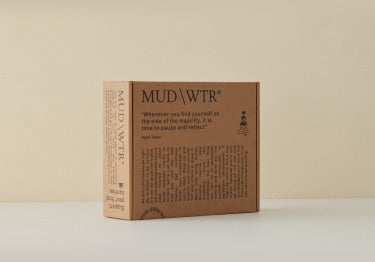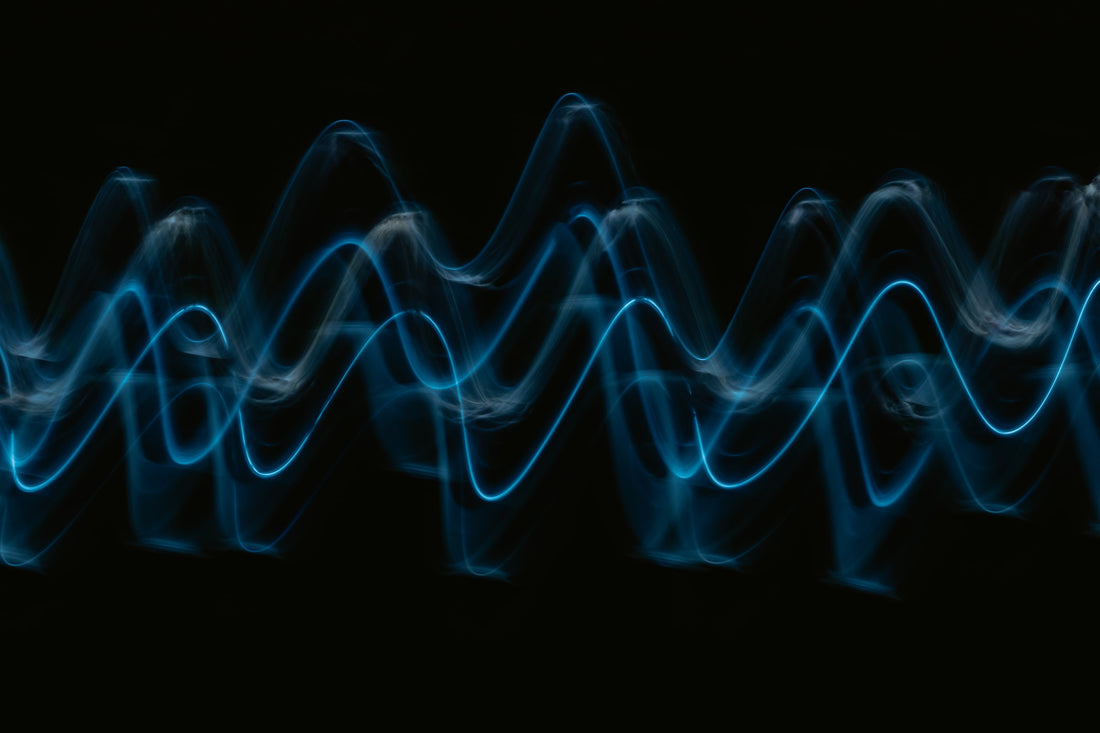It’s a known fact: YouTube is overpopulated with hyperactive vloggers. With all the subtlety and class of street corner catcallers, they vie for your attention with over-the-top pranks, death-defying stunts, an all-caps speaking style and gobs of false enthusiasm. Amid all this sensory bombardment, ASMR videos stand out like massage booths at a Slipknot concert.
The makers of these curiously subdued videos—ASMRtists, they’re called—whisper or speak softly, and they perform some of the most mundane acts imaginable. For example, you might see them rubbing the bristles of two hairbrushes together, crinkling up candy wrappers or steadily tapping their fingernails against objects such as microphones, plastic bowls or coffee mugs.
On paper, that might seem about as exciting as nap time at a silent meditation retreat. So why are there 25 million ASMR channels on YouTube, and why do the top ASMRtists have literally millions of followers?
Well, we’re glad you asked. Let’s begin with the obvious question …
What Is ASMR?
So, firstly, what does ASMR stand for?
It’s short for “autonomous sensory meridian response.” Aaaaaannnnd that tells us almost nothing, so let’s pass the question of “What is ASMR?” over to Ilse Blansert, creator of the wildly popular YouTube ASMR channel TheWaterwhispers and coauthor of the book ASMR: Idiot’s Guides.
“ASMR is a tingly sensation that typically starts at the top of your head and goes down through the entire nervous system, creating a pleasant, warm and tingly feeling that induces sleep and relaxation,” Blansert explains. “I often call it 'goosebumps under the skin.'”
This feeling has been described as a “braingasm,” but most ASMR-susceptible folks agree that it’s not a sexual sensation. What little scientific data we have on the subject seems to back that claim up: Most participants in ASMR research don’t show signs of sexual arousal. (Mind you, there are certain instances of erotica posing as ASMR to evade the YouTube censors, but that’s not the kind of piloerection stimulation we’re talking about here.)
ASMR is usually triggered by sonic or visual cues—for example, the sound of paper being crumpled or the sight of someone carrying out an everyday activity such as cooking dinner or folding towels. It also occurs in people who are receiving caring personal attention through things like massages, haircuts or manicures. More rarely, it arises through the willful direction of one’s own awareness, independent of external stimuli.
Inhabitants of more than 130 different countries report having had this experience, which occurs for an estimated 20 percent of human beings. According to survey results, the majority of ASMR-susceptible people are female, describe themselves as artistic or creative and display high levels of introversion, neurosis and curiosity.
Why Is ASMR so Popular?
This unusual niche market has gained enough traction to inspire Jeff Goldblum, Aubrey Plaza, Cardi B, Zoe Kravitz and several other celebrities to take a crack at the genre. There are even subgenres of ASMR videos such as slime ASMR and roleplaying ASMR. (If there’s a void in your life that can only be filled by a Nikola Tesla ASMR video, your tears of gratitude are all the thanks we need.)
Collectively, ASMR videos have received as many as 65 billion views per year on YouTube. The most successful ASMRtists reportedly earn between $7,500 to $12,500 per month, with their videos amassing as many as 39 million viewers. As mentioned in this Ted talk by ASMR University founder and Brain Tingles author Dr. Craig Richard, some ASMR video channels have more followers than Kim Kardashian’s. (Incidentally, Dr. Richard is one of many people who cite artist Bob Ross’ television series The Joy of Painting as an ASMR trigger.)
So, why is ASMR so popular?
“I think ASMR content is very popular because it is consistently helpful to millions of people who are struggling with stress and sleep issues,” Dr. Richard tells Trends.
Blansert holds similar views on ASMR’s popularity. “Our brains run 100 miles an hour most of the time, and ASMR helps a lot of people to relax by various visuals and sounds,” she offers.
Besides, most folks who are prone to this phenomenon agree that it’s a neat sensation, sometimes accompanied by feelings of euphoria. It’s also possible that ASMR provides a sense of nurturance that is lacking in present-day civilization. As relatives of monkeys who groom one another, we’re wired to respond to signals of social connection and affection. Even if those signals come in virtual form, they can be vital to our well-being.
The Brain and the Braingasm
Supporting that idea, increased activity in the medial prefrontal cortex of the brain (linked to grooming and other social behaviors) has been found during ASMR. This points to a strong relationship between ASMR and social grooming, (That’s not the bad kind of grooming; it’s the kind where one monkey cleans the fur of another, promoting not just health, but also a sense of bonding and a feeling of safety.)
“Receiving positive, personal attention, which is coupled with gentle speaking, sounds, movements and touch, makes us feel safe and cared for,” says Dr. Richard, who coauthored an fMRI study of ASMR and served as an investigator in the ASMR Research Project. “This probably results in an increased release of oxytocin, a brain chemical known to induce comfort, calmness and relaxation.”
According to this paper, it’s likely that in addition to oxytocin, neurotransmitters such as endorphins, dopamine and serotonin play a part in this phenomenon. Gene sequencing related to those brain chemicals may even determine whether someone is or isn’t susceptible to ASMR. The same study found a possible link between susceptibility to ASMR and atypical neural connectivity in the resting-state networks of the brain.
Physical indicators of relaxation, improved sleep, better focus and relief from depression, chronic pain, stress and anxiety have been found in people who experience ASMR. Based on observations of physiological changes such as heart rates and breathing rates, researchers speculate that ASMR may have the same relaxation and anti-anxiety benefits as mindfulness meditation.
Arguably the most common non-recreational use of ASMR is for insomnia relief. As an illustration of this, 81 percent of participants in a study from 2015 said they used ASMR at bedtime. ASMR podcasts can be especially useful for this, since they don’t require the listener to look at a bright screen.
Blansert says ASMR helps her to fall asleep and to be more mindful. “Especially a few years back, during times when I was suffering from C-PTSD, it helped me to relax, get rid of panic attacks and get back to the present moment again,” she explains.
Even for those who don’t get the tingle, these videos and podcasts can induce a cozy, peaceful feeling—something like sitting by a crackling fire with a purring cat in your lap while rain pitter-pats on the roof. That goes a long way in accounting for the huge community of non-ASMR-prone viewers who use ASMR for things like relaxation, stress relief, focus and better sleep.
So, who knows? Even if ASMR content doesn’t give you a braingasm, it might offer some relief from anxiety or insomnia … or at least a palette cleanser after viewing one too many obnoxious vlogs.
Damon Orion is a writer, musician, artist, and teacher based in Santa Cruz, CA. He has written for Revolver, Guitar World, Spirituality & Health, Classic Rock, High Times and other publications. Read more of his work at damonorion.com.










